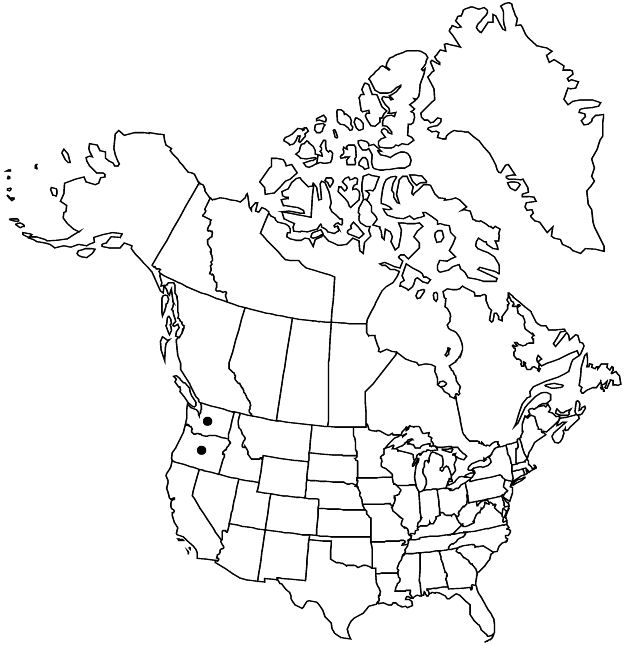Difference between revisions of "Cotoneaster nitens"
in C. S. Sargent, Pl. Wilson. 1: 156. 1912.
FNA>Volume Importer |
FNA>Volume Importer |
Revision as of 23:13, 16 December 2019
Shrubs, 1.5–3 m. Stems erect, becoming pendulous; branches divaricate, red-brown, initially strigose. Leaves deciduous; petiole 2–3(–4) mm, pilose-strigose; blade elliptic or obovate, sometimes broadly elliptic, broadly ovate, or suborbiculate, 8–28 × 9–23 mm, chartaceous, base rounded, margins flat, veins 3–5, superficial, apex obtuse or acute and mucronulate, abaxial surfaces pale green, initially densely pilose-strigose, adaxial initially reddish, soon bright green, dull to slightly shiny, not glaucous, flat between lateral veins, glabrous; fall leaves turning bright red and gold. Inflorescences on fertile shoots 15–30 mm with 3–4(–5) leaves, 1–3(or 4)-flowered, compact. Pedicels 2–4 mm, glabrescent. Flowers 6–7 mm, open; hypanthium widely cupulate, sparsely pilose; sepals: margins tomentose, apex obtuse, acute, or apiculate, surfaces sparsely pilose; petals erect-incurved, pink-tinged with purple-maroon or pink-red, base drying to purple-black, margins white, glabrous; stamens 10–14(or 15), filaments pink, sometimes red-purple, distally dark pink, anthers pink or white, margins pale crimson, drying to dark red; styles 2(or 3). Pomes purple-black, ellipsoid or obovoid to globose, (7–)8–9.5 × 6.5–8 mm, shiny, slightly glaucous, sparsely pilose to glabrate; sepals erect or suberect, sparsely pilose; navel open; style remnants 3/4 from base. Pyrenes 2(or 3). 2n = 68 (Germany).
Phenology: Flowering Mar–May; fruiting Jul–Nov.
Habitat: Thickets, edges, disturbed forests
Elevation: 0–200 m
Distribution

Oreg., Wash., Asia (China), introduced also in Europe.
Discussion
Selected References
None.